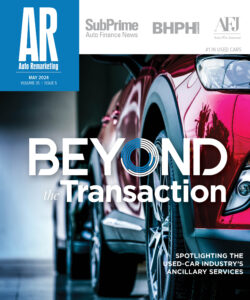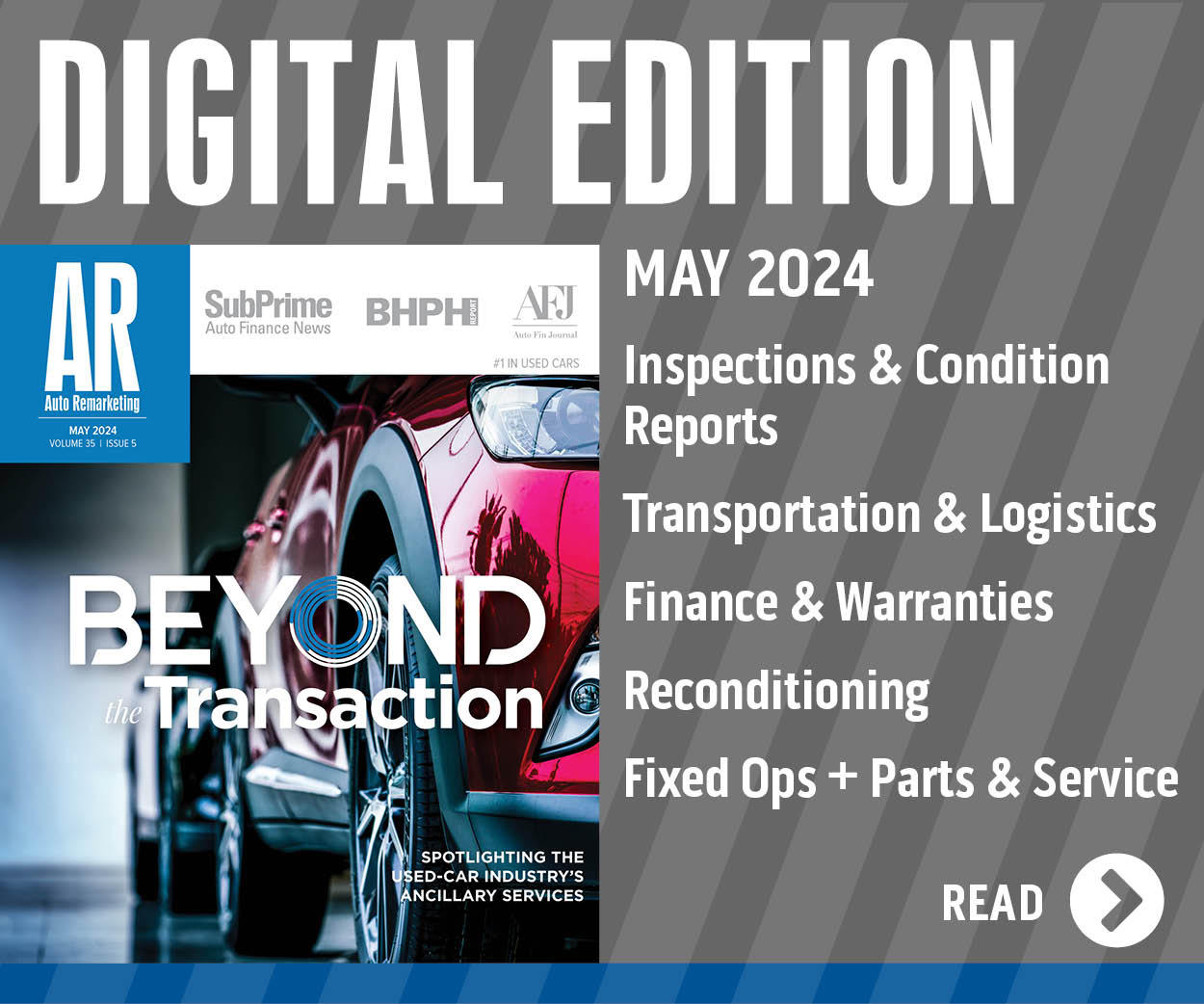August auto defaults tick up 4 basis points

More subprime paper in the entire credit mix produced small increases in numerous default rates, but not to a point that triggered warning from S&P Dow Jones Indices and Experian.
Data through August showed the auto segment of the S&P/Experian Consumer Credit Default Indices ticked up 4 basis points on a sequential basis to land at 0.90 percent. However, the latest reading came in 10 basis points lower than a year ago as the level has remained below 1 percent for five months in a row.
Meanwhile, the August composite rate — a comprehensive measure of changes in consumer credit defaults — also moved 4 basis points higher from the previous month to 0.96 percent.
In other credit segments, the first mortgage default rate continued the theme of August by moving up 4 points on a sequential basis to come in at 0.84 percent. The bank card default rate was the only rate to report a decrease in August at 2.71 percent, down 8 basis points from the previous month.
Four of the five major cities analysts track for this report saw their default rates increase in the month of August.
New York generated the largest increase, coming in at 1.04 percent, which was 12 basis points higher than July.
Dallas saw its default rate increase by 7 basis points to 0.71 percent in August.
Chicago reported its third consecutive increase in August with a rate of 1.21 percent, up 6 basis points from the previous month.
Miami reported an August default rate of 1.46 percent, up 1 basis point for the month.
Los Angeles’ rate dropped by 13 basis points to 0.76 percent, the only city to report a decrease in August.
“The ongoing improvement in the consumer economy is reflected in consumer credit default rates,” said David Blitzer, managing director and chairman of the index committee at S&P Dow Jones Indices.
“In recent months, we have seen substantial job growth, increases in consumer spending, and a rise in consumer credit outstanding,” Blitzer continued. “Despite continued weak wage growth, consumer credit default rates remain in a narrow range at low pre-financial crisis levels.
“Two economic areas showing strength are auto sales and housing,” he went on to say. “Car and light truck sales saw recent gains reaching an annual rate of about 17.5 million units as sales of new homes and housing starts picked up.
“To reflect that the growth in credit is largely due to loosening of credit standards indicating banks are willing to bear increased risk by approving more subprime consumers, which will lead the higher default rates,” Blitzer added.

 View The Latest Edition
View The Latest Edition

